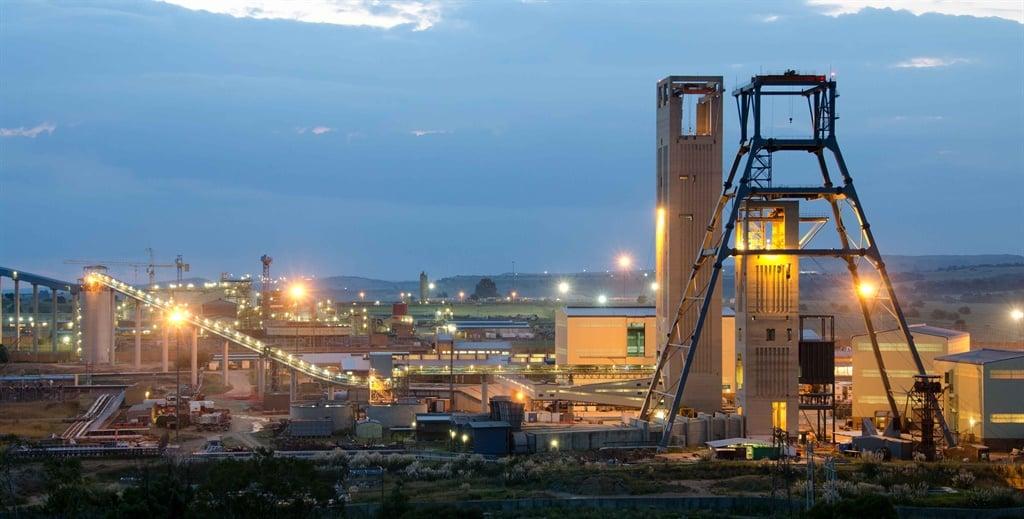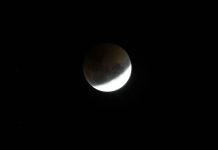Africa-Press – South-Africa. Shares in South African gold mining groups rallied on Thursday as the rand price of gold traded at record highs partly thanks to expectations that the US Federal Reserve may start reducing interest rates to support the slowing economy.
The yellow metal was priced at R36 805.29 per ounce at around midday on Thursday.
Shares in Harmony Gold, which also announced it was closer to launching a copper-gold operation in Papua New Gunea, were up 2.8%. Gold Fields was 1.7% higher, Sibanye Stillwater was 1.9% up, and Anglogold Ashanti was 1.1% higher.
SBG Securities analyst Adrian Hammond said the gold price was being boosted by weakening US economic data, “which is coming out in support of a Fed loosening regime”.
Gold is set to outperform as recession fears mount, and amid expectations that high inflation coupled with lower interest rates will keep real rates low or negative, Hammond said.
Gold prices typically increase in times uncertainty, as the metal is perceived to be a safe-haven asset. In South Africa, the gold price is also determined by the exchange rate between the rand and US dollar. A high gold price benefits local mining houses and the South African fiscus.
Local asset manager Vestact said in a note on Thursday that traders were shifting their attention away from March’s banking turmoil to the slowing US economy.
“Recent economic numbers indicate some softening in consumer spending, corporate profits and employment,” Vestact said.
A report on Wednesday from payroll-processing firm ADP showed that private sector employment rose by about 145 000 in March, down from the 261 000 gain in February, and below economists’ expectations.
“Traders will get another look at the health of the US economy on Friday with the release of the widely watched non-farm payrolls report,” Vestact said.
Analysts at Dutch bank ING said in a research note that the price of gold was also being supported by a move by central banks in developing markets – Brazil, Russia, India, China and South Africa in particular (the BRICS group) – to increase their holdings of the metal.
“The increasingly bipolar geopolitical world – exacerbated by the war in Ukraine – means that BRICS+ central banks will be keeping a greater share of their international reserves in gold,” ING said. “This is a structural positive for gold and a structural negative for the dollar, one to add to the cyclical negative of what should be a Fed easing cycle later this year.”
For More News And Analysis About South-Africa Follow Africa-Press






